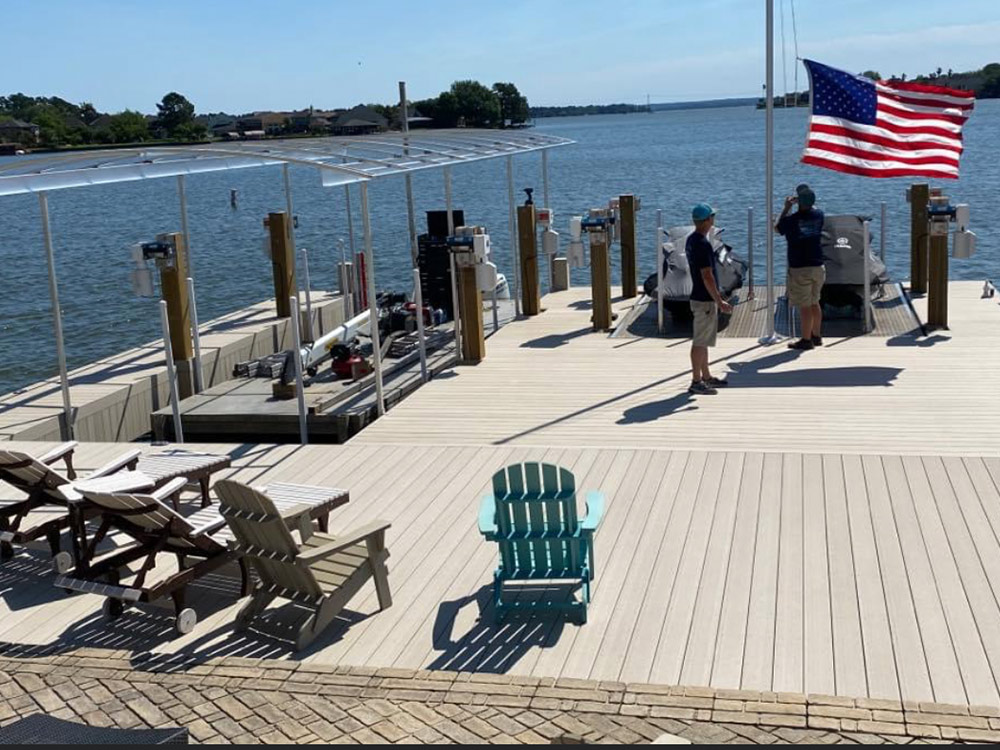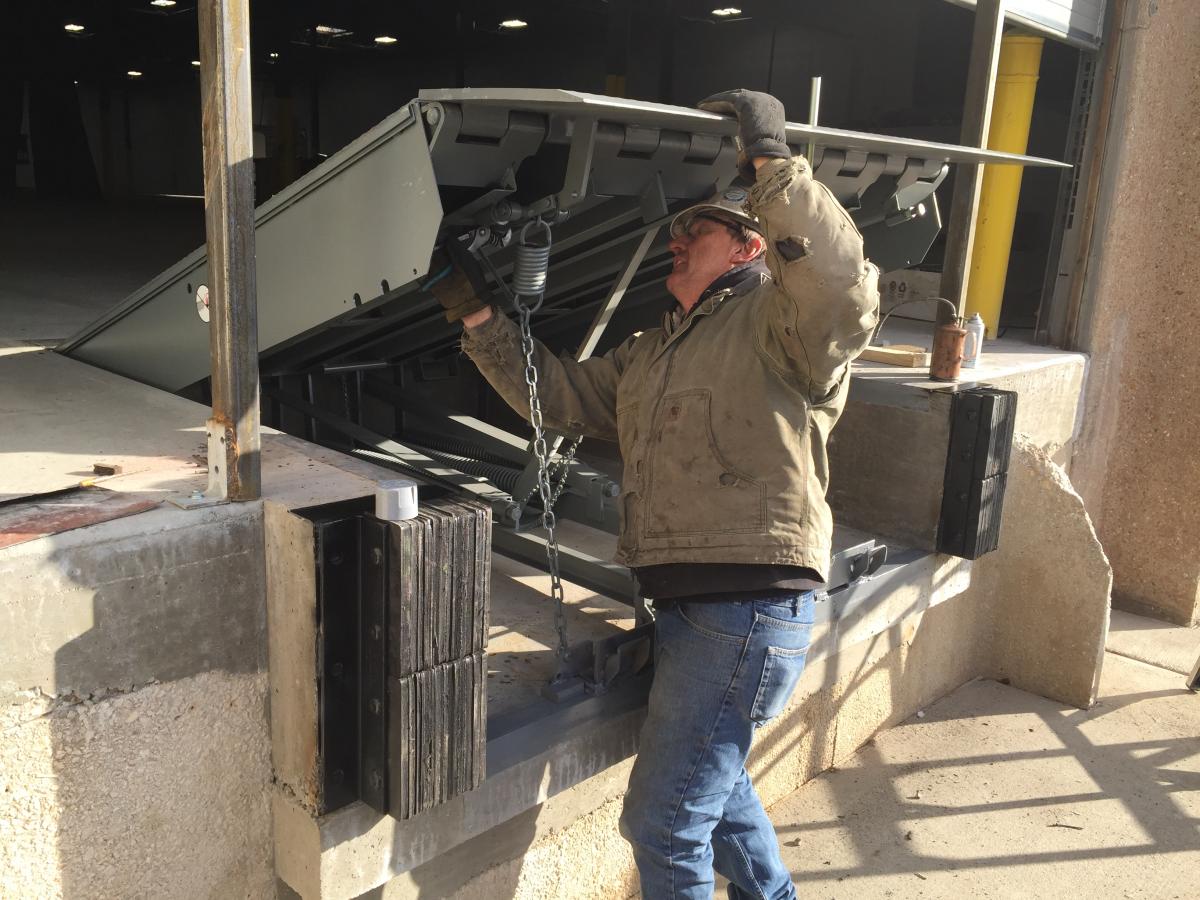The Importance of Timely Dock Repairs for Waterfront Safety
Effective Dock Fixing Techniques: Making Certain Architectural Integrity
Guaranteeing the architectural integrity of anchors with efficient fixing techniques is extremely important for the durability and safety and security of aquatic centers. This involves a multi-faceted approach beginning with comprehensive examinations making use of innovative modern technologies like finder equipment and remotely ran automobiles (ROVs) to find both noticeable and hid damages. Ultimately, picking the best repair materials, such as corrosion-resistant alloys and composite products, is critical for sturdiness. Structural support techniques, consisting of the execution of cross-bracing systems and load-distribution plates, play an essential function in mitigating anxiety factors. Nevertheless, the relevance of these methods becomes noticeable when discovering innovative fixing approaches and preventative upkeep approaches.
Evaluating Dock Damages
Analyzing dock damages is an essential first step in making certain the architectural integrity and security of any docking center. Secret aspects to analyze consist of the dock's foundation, pilings, decking, and hardware (Dock Repairs).
Architectural designers or certified examiners commonly do these assessments using specialized strategies and tools. Underwater inspections might employ sonar equipment or from another location ran cars (ROVs) to identify immersed damages. Over water, aesthetic assessments are complemented by utilizing dampness meters and other analysis tools to reveal underlying issues not promptly visible to the naked eye.

Choosing Repair Service Products
Choosing the proper repair work materials is a pivotal action in the dock repair process, one that straight influences the longevity and efficiency of the repaired framework. Material selection should be driven by factors such as ecological problems, load-bearing needs, and compatibility with existing dock parts.
Along with timber, composite materials are significantly popular because of their sturdiness and reduced upkeep demands. Compounds, typically made from a blend of plastic and timber fibers, supply outstanding resistance to rot, pests, and UV damage. For steel docks, choosing corrosion-resistant alloys such as galvanized steel or marine-grade aluminum is vital to prevent corrosion and ensure structural honesty in saline water conditions.
Epoxy materials and marine-grade sealers are important for fixing cracks and sealing joints, offering a water-proof barrier and improving the dock's overall toughness. By meticulously selecting premium products, dock fixings can attain long-lasting results, therefore protecting against future destruction and ensuring risk-free, reliable use.
Structural Reinforcement Techniques
Reliable architectural support techniques are crucial in guaranteeing the security and long life of dock fixings. This approach is especially effective for docks revealed to hefty tons or severe environmental problems.
One more vital method is the application of fiber-reinforced polymers (FRP) These materials offer high strength-to-weight proportions and superb resistance to rust, making them optimal for reinforcing wood or concrete docks. FRP can be used in sheets or strips and bonded with epoxy materials to improve structural honesty.
Supporting and anchoring systems additionally play a critical function in structural support. Cross-bracing, utilizing metal or wood beams, can counteract side forces, reducing persuading and movement. Securing systems, such as helical piers or driven piles, give a steady structure by transferring lots to much deeper, much more secure soil layers.
Last but not least, the integration of load-distribution plates can aid distribute weight extra evenly throughout the dock's surface, minimizing local stress factors. These techniques jointly guarantee that anchors continue to be durable and safe, qualified of holding up against the rigors of their operational atmosphere.
Advanced Repair Techniques

An additional innovative strategy entails undersea welding, which enables repair services to be performed without the requirement to dewater the check this area. This technique is particularly beneficial for attending to structural issues in submerged dock parts, making certain marginal disturbance to procedures. Improved welding techniques, coupled with robot systems, supply precision and reliability, thereby extending the life-span of the dock.
In addition, cathodic security systems are carried out to protect against rust in metallic dock structures. By making use of sacrificial anodes or pleased present systems, these techniques properly alleviate the electrochemical processes that lead to product damage.
Lastly, advanced tracking modern technologies, such as architectural health monitoring (SHM) systems, provide real-time information on the condition of dock frameworks. These systems allow proactive upkeep and timely treatments, eventually ensuring the lasting structural honesty of the dock.
Maintenance and Avoidance
Maintenance and avoidance are basic ideas that underpin the longevity and security of dock structures. Routine inspections are vital, allowing for very early detection of deterioration, potential weaknesses, and ecological effects. A proactive technique, involving routine look for corrosion, rot, and architectural changes, reduces pricey repairs and extends the dock's functional life.
Safety nets must include applying safety coverings to steel parts to defend against corrosion and making use of treated wood to stand up to degeneration. In addition, ensuring appropriate drain and air flow can prevent water accumulation, which is a typical reason for architectural additional hints degradation. Incorporating high quality materials and Website sticking to producer standards throughout building and construction and repair phases likewise play critical duties in enhancing resilience.
Educating employees in dock upkeep finest practices ensures regular application of preventative procedures. Leveraging technological breakthroughs, such as drones for examinations and sensors for real-time monitoring, can further enhance upkeep efforts. By prioritizing upkeep and prevention, dock owners can make certain structural integrity, functional security, and cost-effective administration over the dock's lifespan.
Verdict
In final thought, keeping the architectural integrity of marine facilities requires thorough dock repair methods. Advanced repair service strategies, paired with normal upkeep practices, ensure the dock remains risk-free and functional under varied ecological problems.
Ensuring the structural integrity of docks through efficient fixing techniques is critical for the durability and security of marine facilities.Choosing the suitable repair service materials is a critical step in the dock remediation process, one that directly influences the longevity and performance of the repaired structure.Reliable architectural support strategies are important in guaranteeing the stability and long life of dock fixings. By focusing on upkeep and prevention, dock owners can ensure architectural integrity, functional safety and security, and economical administration over the dock's lifespan.
In conclusion, keeping the architectural stability of marine centers requires extensive dock repair strategies.